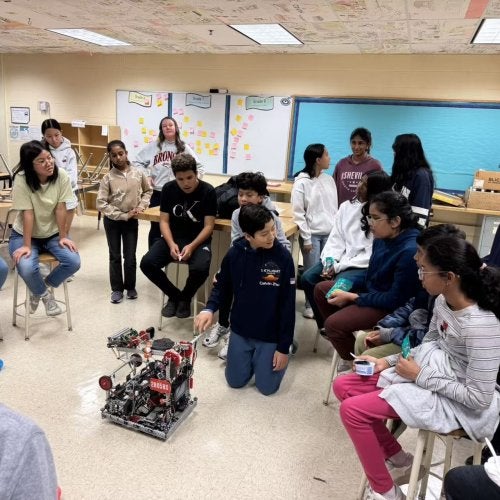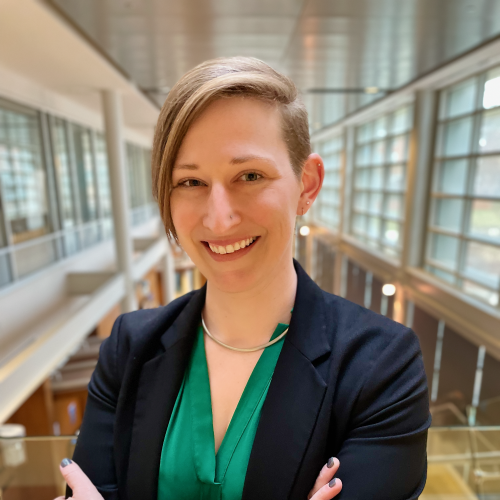
Children as young as 8 can identify a teacher’s bias on the basis of race and ethnicity or gender, and will try to correct unequal treatment, according to a new study led by a University of Maryland researcher.
In the study recently published in Child Development, Distinguished University Professor Melanie Killen and colleagues found that students ages 8-14 evaluated a hypothetical teacher who awarded leadership duties only to students of one gender, race or ethnicity as unfair.
“Kids are naturally empathetic,” said Killen, who has appointments in the departments of Human Development and Quantitative Methodology, and Psychology. “They care about the equal treatment of others.”
Killen and colleagues from Furman University, Education Northwest and the University of Hawai’i at Manoa presented 275 youths ages 8 to 14 with illustrations of scenarios showing which students were chosen for roles such as helping take attendance, leading the Pledge of Allegiance, passing out papers and picking up messages from the office.
Two contexts were presented. In the race and ethnicity context, students were asked to evaluate hypothetical teachers’ three choices for leaders: only white students, only Latine students or both equally. For gender, children evaluated teachers who chose only boys, only girls or both equally.
Both younger children (ages 8-11) and adolescents (ages 12-14) reacted most positively to the equal distribution of special duties. Both groups also believed that a child from an excluded group would view the teacher’s choices negatively. The older students were more likely to state explicitly that the teacher’s choices were a result of bias, whether conscious or unconscious.
When given a chance to assign a leadership role to one of the children in the scenario, both children and adolescents chose a student from the excluded group.
The adolescents saw the exclusion of Latine students as worse than of white students, which the researchers believe may reflect teens’ growing understanding of inequalities in broader society. Participants of all ages viewed exclusion of boys or girls as equally wrong, perhaps because, the researchers suggested, children and teens frequently encounter single-gender schools, sports and clubs.
While they may be unaware of their own biases, unequal treatment from teachers can have an adverse effect on children, Killen said. Children who feel excluded may develop negative perceptions of their own abilities and experience anxiety, social withdrawal and lack of motivation to go to school, she said. Because teachers have such a strong influence on their students, children from advantaged groups may start to believe harmful stereotypes about people from excluded groups.
Killen hopes these findings will help motivate teachers to be more conscious of their own biases. “Most teachers want to be fair. The many obligations and duties that they have to fulfill may make it difficult to remember that children are very aware of inequalities of opportunities in the classroom. Thus, being mindful of the necessity to assign leadership duties in a fair and equitable way is important for creating an inclusive classroom,” she said.
In addition, she said, teachers can lead group discussions where children can express their views and share experiences with exclusion and inequality at school.
“Children can be agents of change,” she said. “When children challenge stereotypes and unfair treatment and other kids hear it, they are communicating something powerful. Ultimately, the goal is to create classrooms where kids are excited about learning and want to achieve and do well.”
Top photo: In a study of youths ages 8-14, UMD researchers found that children can recognize when teachers are exhibiting bias along racial and ethnic or gender lines, and seek to redress the unfairness. Photo by iStock



